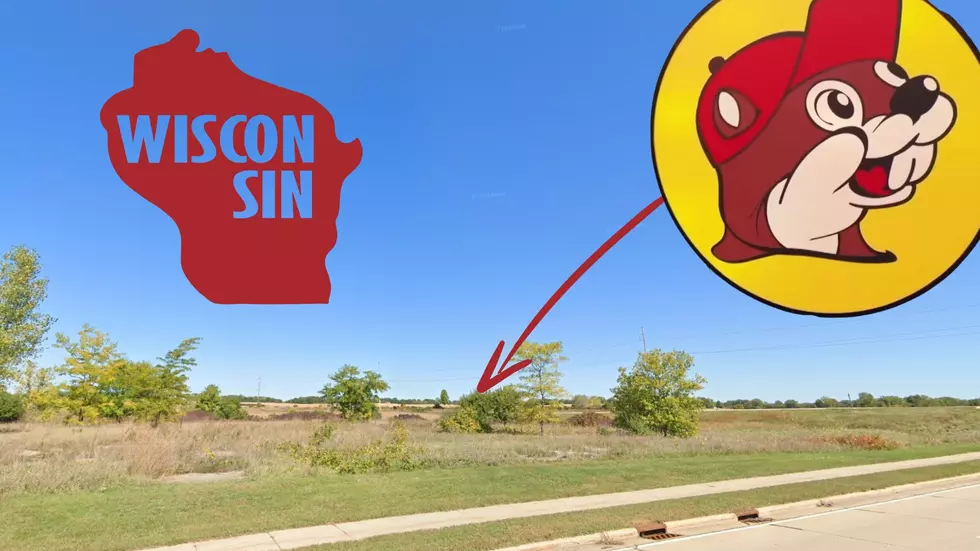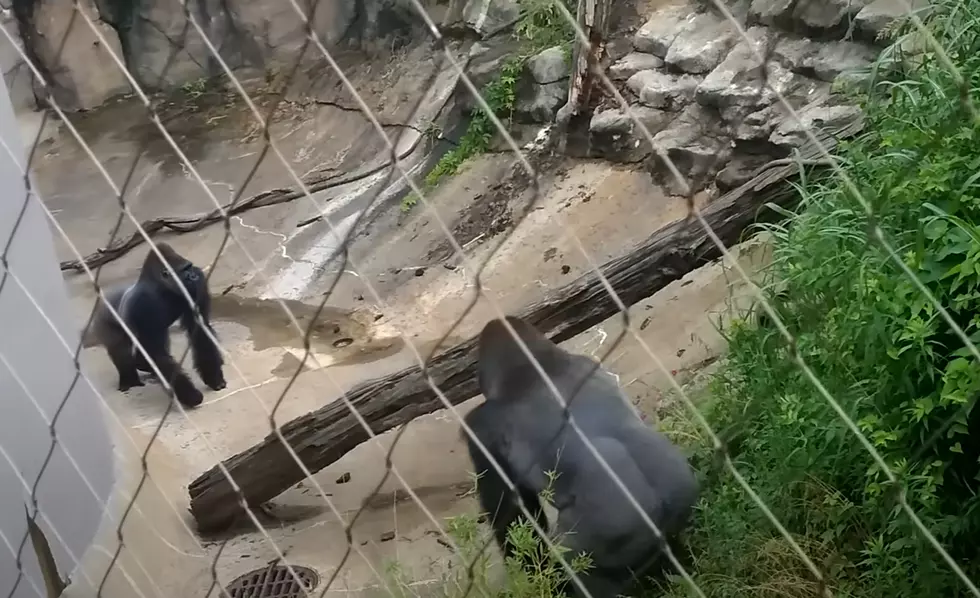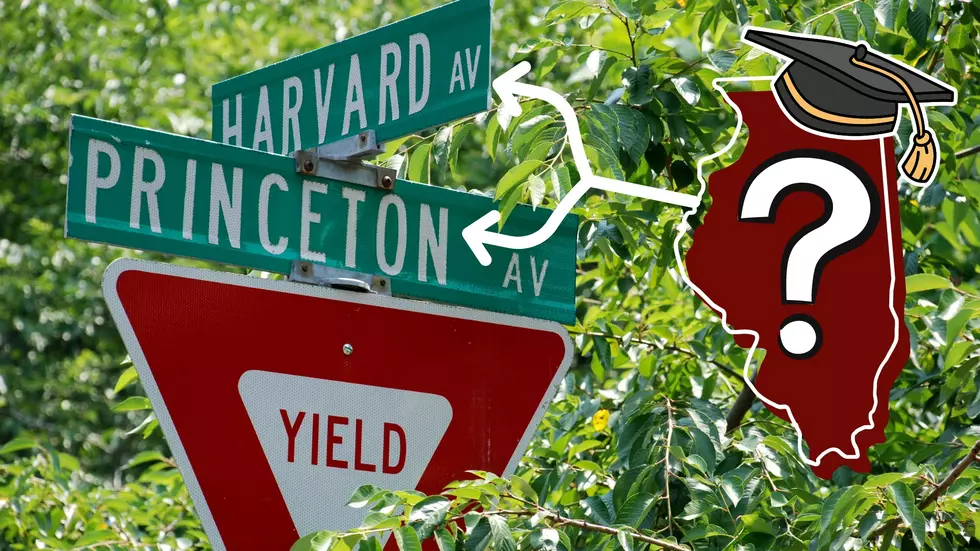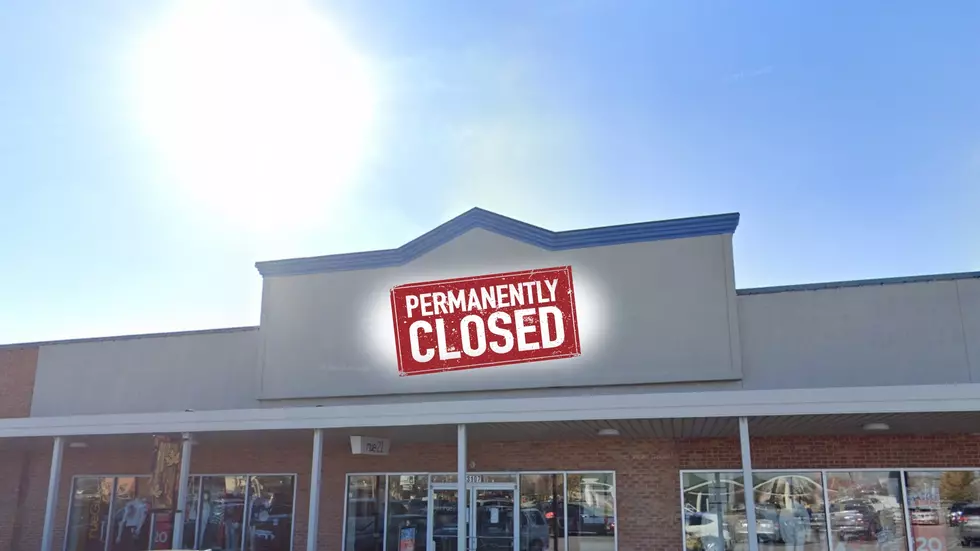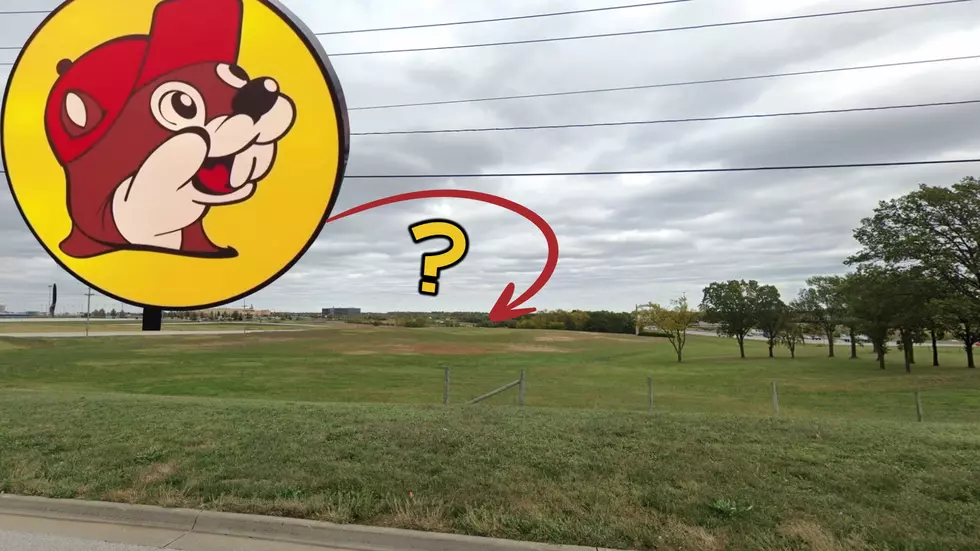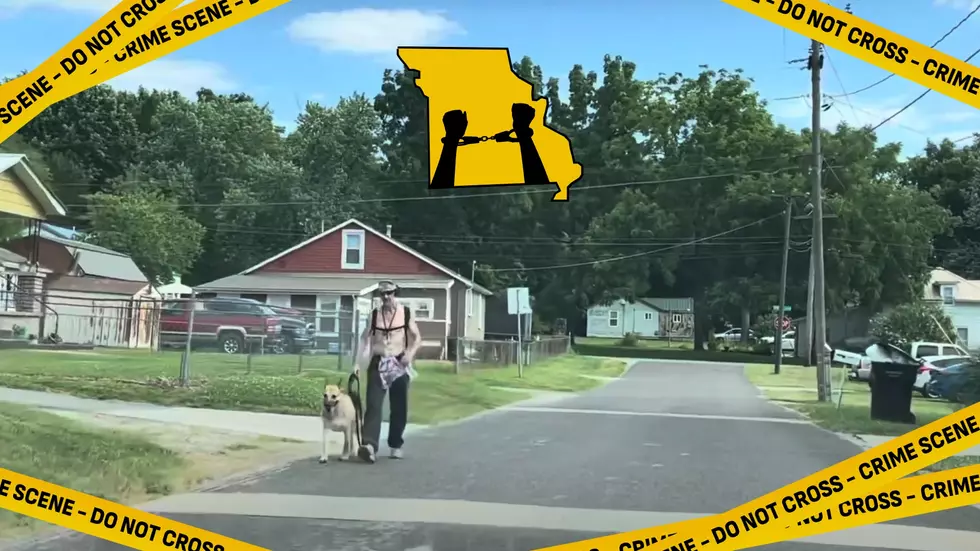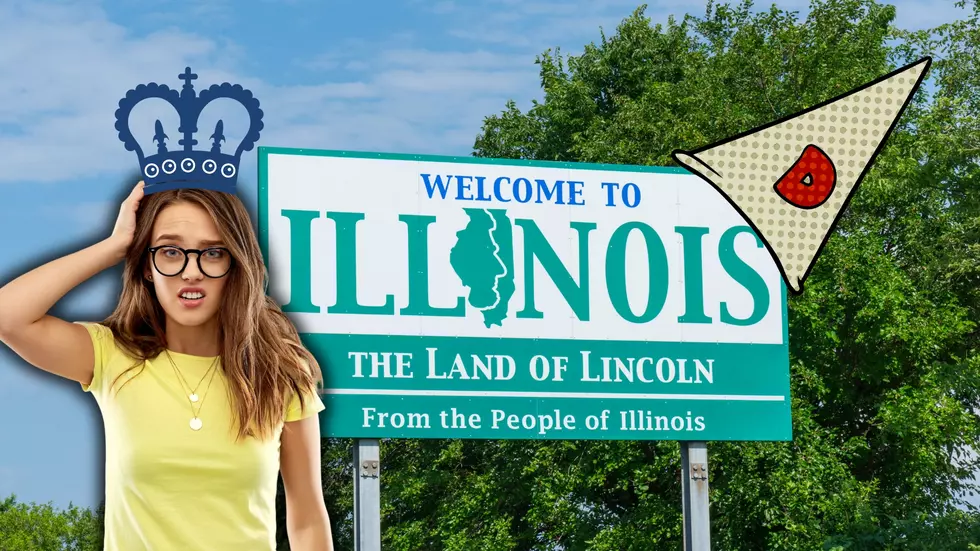
UPDATE: Another Winter Storm on the Way-Ice, Sleet, Snow Coming
It looks like another blast of wintry weather is headed for northeast Missouri and western Illinois.

The National Weather Service has posted Winter Storm Watches and Warnings for the area from midnight to 6 p.m. Thursday, with just about every form of nasty precipitation set to make travel tough.
Officially, the watch for Adams, Brown and Pike counties in Illinois and Knox, Lewis, Shelby, Marion, Monroe and Ralls counties in Missouri calls for heavy mixed precipitation, with total snow accumulations of 3 to 6 inches, with locally higher amounts possible. Plus, forecasters say we should expect about a quarter-of-an-inch of sleet and ice accumulations of about a tenth of an inch, with winds gusting as high as 35 miles per hour.
There’s a Winter Storm Warning for Hancock County, Illinois and Clark County, Missouri also from midnight to 6 p.m., with 4 to 8 inches of snow and up to a tenth of an inch of ice possible, along with gusty winds.
Pike and Audrain counties in Missouri are also under a Winter Storm Watch from 3 a.m. to 6 p.m. Thursday. They can expect heavy mixed precip, with 2 to 4 inches of snow, up a half inch of sleet and about two tenths of an inch of ice.
As of Wednesday morning, the weather service says this latest winter blast will start as rain about mid-afternoon Wednesday, with thunder possible in the evening. changing over to rain and freezing rain about 4 a.m. Thursday, moving to a wintry mix by 5 a.m. and all snow by 7 a.m., with snow showers by late afternoon.
Here we go again.
It's 'Frozen' Come to Life - Ice Castles Minnesota & Wisconsin
LOOK: The most expensive weather and climate disasters in recent decades
More From KHMO-AM 1070, News-Talk-Sports
